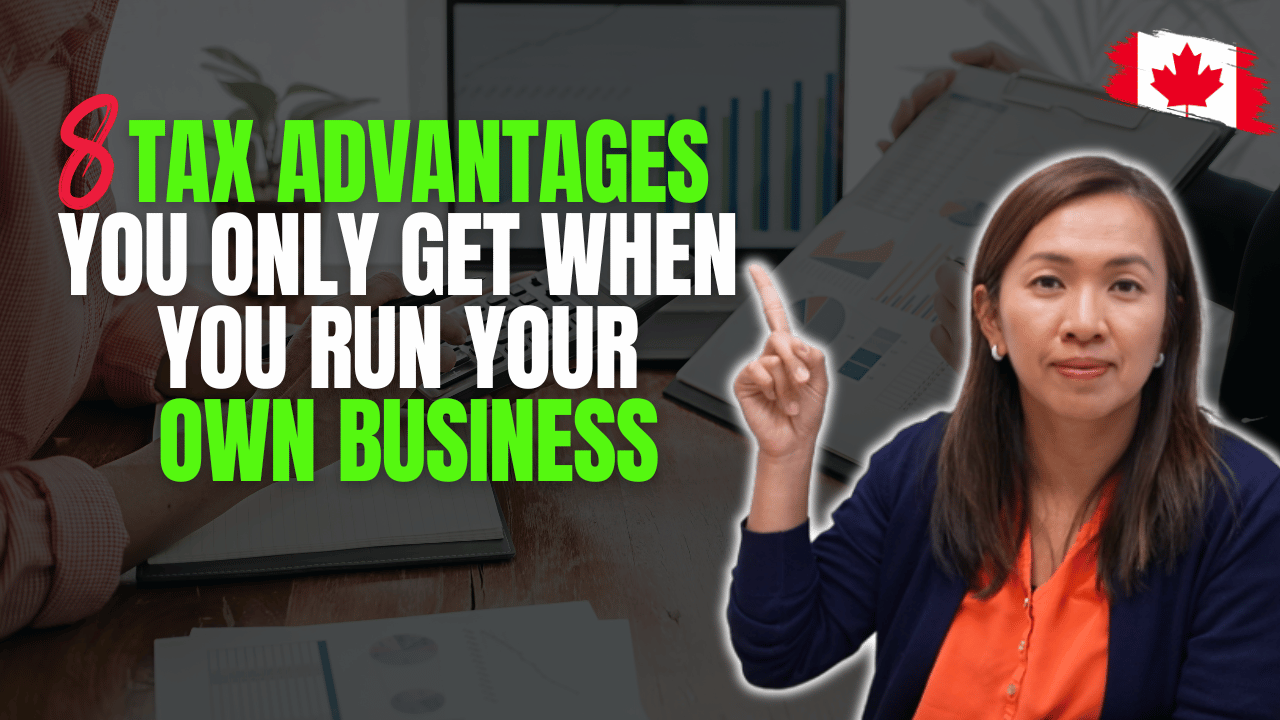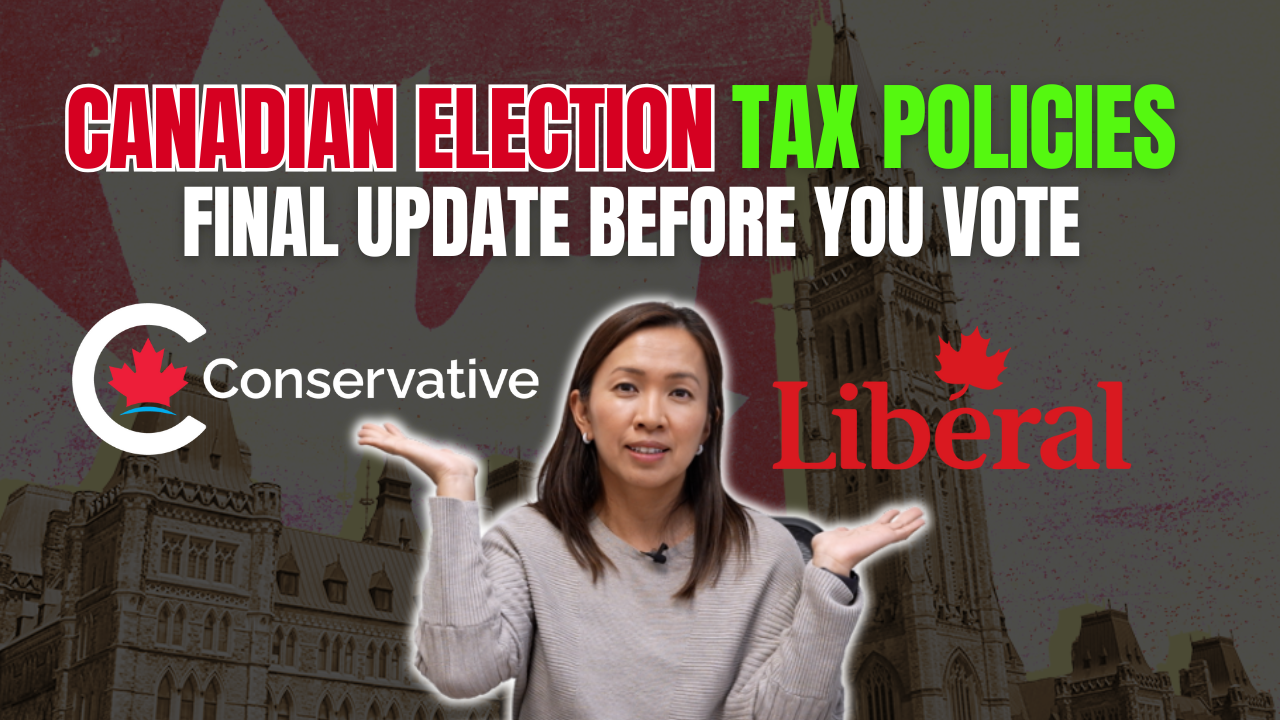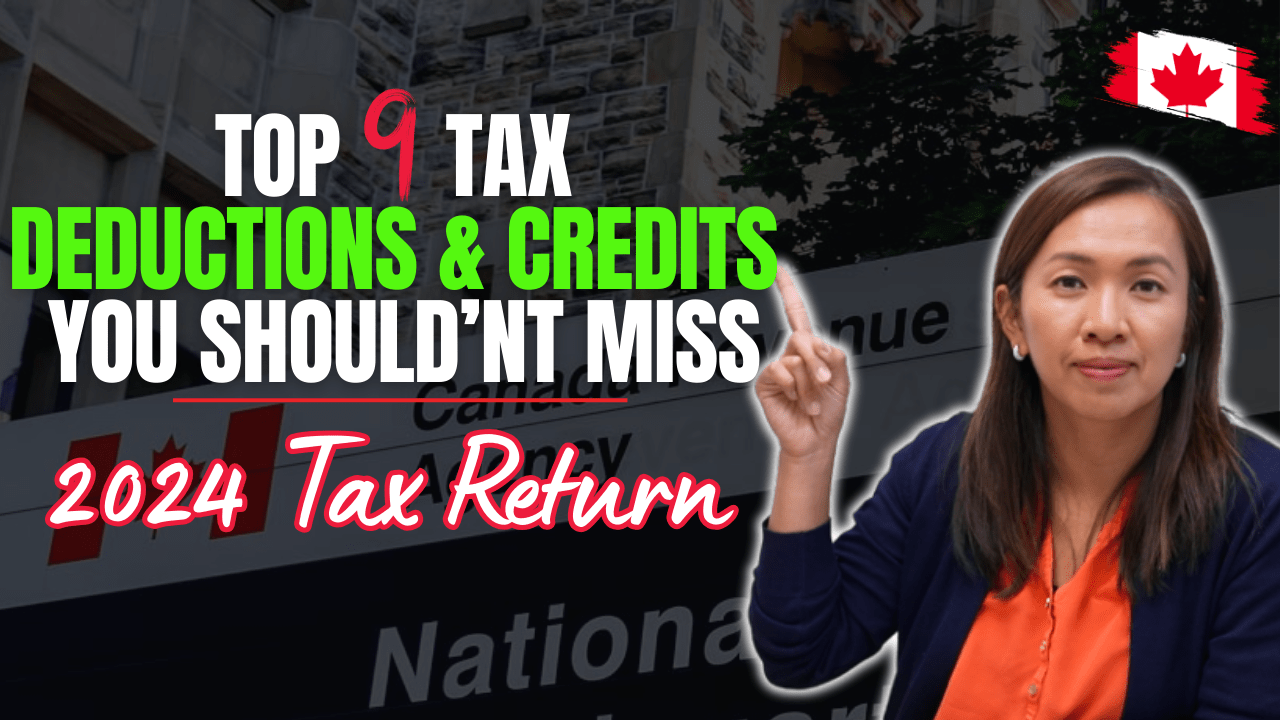In the world of private lending, some intriguing stories have surfaced about investors who lent money to what looked like promising real estate projects. These lenders, often handling “private mortgages,” trusted their cash with big names without fully considering the risks, such as not getting their money back. Many even used their RRSPs and TFSAs to fund these loans, hoping to cleverly manage their retirement savings. But what happens when the expected returns simply don’t materialize?
Private lending can be quite rewarding, but it’s not without its pitfalls and complex tax implications. In this post, we’ll dive into some crucial tax tips for anyone in the private lending game, explore whether using a corporation could be beneficial, and discuss what to do when investments go south.
1. Report All Interest Income
Under the Canadian Income Tax Act, residents are required to report worldwide income, including all interest earned, whether it’s from within Canada or abroad. This rule applies no matter where you’re lending money—from the U.S. to Dubai and beyond. For instance, one investor shared their experience of borrowing against their home equity line of credit to fund projects in the United States. Despite the geographical distance, they needed to report the interest earned on these loans just as they would with Canadian income. This ensures compliance with tax laws and avoids potential penalties.
2. Maximize Deductions
You can generally deduct reasonable expenses incurred in earning business and property income, subject to some exceptions. Common deductions can include but are not limited to:
o Interest expenses on money borrowed for investments.
o Professional fees, including legal and accounting fees not covered by borrowers.
o Loan origination fees such as mortgage lender fees or consulting fees.
o Other related business expenses like office rent and supplies. Ensure that all deductions are well-documented to withstand scrutiny from the Canada Revenue Agency (CRA).
o Bad debt expense when borrowers stop paying you interest.
o And all other related expenses.
3. Maintain Proper Records
Keeping thorough and accurate records is vital. This includes line of credit statements, mortgage statements, closing documents, and records of communication with borrowers, especially in default situations, and receipts for expenses incurred. The CRA accepts electronic documents, but make sure to retain your records for at least seven years.
4. Understand the Canadian Tax System
Familiarize yourself with both personal and corporate tax systems.
o The Canadian personal tax system is a progressive tax system. This means that the more money you earn, the higher the marginal tax rates, and the more tax you would have to pay on the additional income. The marginal tax rates can range from as low as 20% to as high as 53.5% in Ontario. Many Canadian tax strategies revolve around multiplying the low marginal tax rate as many times as possible so income can be taxed at the lower marginal tax rates.
o On the other hand, a corporation is under a completely different system. Active business income is subject to 12.2% in Ontario for small businesses. However, specified investment business income is taxed at 50%, with 30% refundable.
o Specified investment business income, more commonly referred to as passive income, includes interest income, dividend income, rental income, royalty income, etc.
o As such, private lending interest income, if earned in a corporation, is subject to the higher passive income tax rate at 50%. Careful tax planning can help you lower your tax rate substantially.
5. Utilize Tax-Advantaged Accounts
Consider leveraging accounts like TFSAs or RRSPs for private lending.
o As an example, if you earn $10,000 interest income in your personal name, and you’re subject to a 50% marginal tax rate, you can keep $5,000 in your pocket after taxes.
o Similarly, if you earn the same amount of interest income in your corporation, as mentioned before, interest income is considered specified investment business income, which is subject to a 50% tax rate (at least initially when there is no planning), you also net $5,000 in your pocket after taxes.
o On the flip side, if you were to invest in private lending in your TFSAs or RRSPs account, you get to keep the entire $10,000. You can continue to reinvest, continue to compound your investment in a tax-free environment annually.
o These accounts offer tax advantages, though there are stipulations prohibiting the deduction of losses and interest on borrowed money used to fund these accounts.
6. Consider the Structure of Your Investments
Structuring your lending business correctly is crucial. Whether you operate as a business or an investment activity can significantly impact how profits from sold loans are taxed. Understanding this distinction can help in planning your tax strategy effectively.
o If funds for your private lending investment come from your small business that’s held in a corporation, it may be worthwhile holding your investment in a corporation, despite the 50% passive income tax rate.
o If you have a lower-income spouse and adult children, it may be worthwhile to structure the investment in their names. Careful tax planning must be done to avoid the attribution rule.
7. Handling Bad Debt
The treatment of bad debt differs based on (1) the ownership structure of your private lending investment and (2) whether you are doing your private lending investing as a business or simply treating it as long-term investing.
o If you own your investments in registered plans such as TFSAs and RRSPs, losses incurred stay within the plans. You have less money left in your registered account and less money available for future withdrawals.
o If you own your private lending investments in your personal name or in a corporation, most unrecoverable bad debts are considered capital losses. Capital losses can be used to offset against capital gains realized in the same year. Alternatively, it can also be carried back for three years and carried forward indefinitely to offset any capital gains realized.
8. Lost Interest Income
Report lost interest income correctly and account for bad debts appropriately to align with CRA guidelines and reduce your taxable income effectively.
9. Buying Underlying Property
Private loans can be done in the form of a promissory note, but many are registered against a property being the collateral of the loan.
o If the borrower defaults on payment, you have a choice to force the sale of the property or potentially take over the property. If you do choose to take over the property, different tax implications result depending again on the ownership structure of your investment.
o This can be quite complicated, so be sure to consult with a professional accountant to ensure accuracy in your reporting.
10. Annual Review and Professional Advice
Regularly review your tax strategies and consult with a tax professional to stay updated on new laws and to ensure that your investments are as tax-efficient as possible.
Navigating the complexities of tax laws as a private lender requires diligence and ongoing education. By adhering to these top ten tax tips, you can optimize your investments and ensure compliance, paving the way for a successful lending practice.
Until next time,
Cherry Chan, CPA, CA
Your Real Estate Accountant





